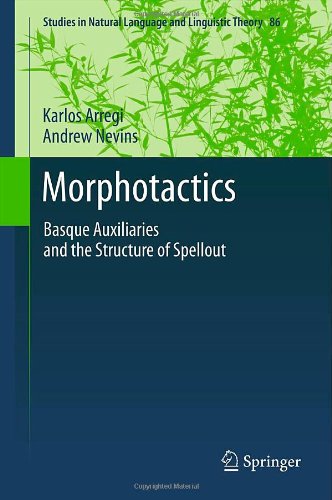

Most ebook files are in PDF format, so you can easily read them using various software such as Foxit Reader or directly on the Google Chrome browser.
Some ebook files are released by publishers in other formats such as .awz, .mobi, .epub, .fb2, etc. You may need to install specific software to read these formats on mobile/PC, such as Calibre.
Please read the tutorial at this link: https://ebookbell.com/faq
We offer FREE conversion to the popular formats you request; however, this may take some time. Therefore, right after payment, please email us, and we will try to provide the service as quickly as possible.
For some exceptional file formats or broken links (if any), please refrain from opening any disputes. Instead, email us first, and we will try to assist within a maximum of 6 hours.
EbookBell Team

4.0
66 reviewsThis comprehensive treatment of several phenomena in Distributed Morphology explores a number of topics of high relevance to current linguistic theory. It examines the structure of the syntactic and postsyntactic components of word formation, and the role of hierarchical, featural, and linear restrictions within the auxiliary systems of several varieties of Basque.
The postsyntactic component is modeled as a highly articulated system that accounts for what is shared and what exhibits variation across Basque dialects. The emphasis is on a principled ordering of postsyntactic operations based on their intrinsic properties, and on the relationship between representations in the Spellout component of grammar with other grammatical modules. The analyses in the book treat related phenomena in other languages and thereby have much to offer for a general morphology readership, as well as those interested in the syntax-morphology interface, the theory of Distributed Morphology, and Basque.